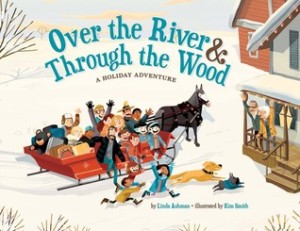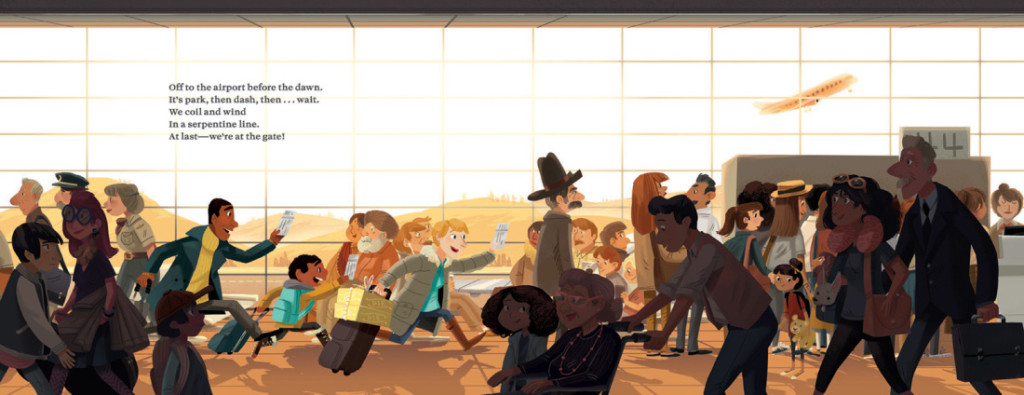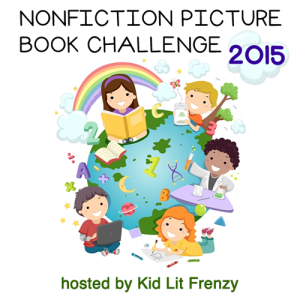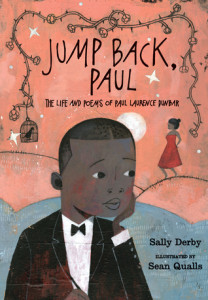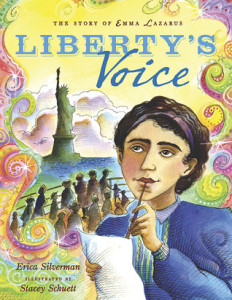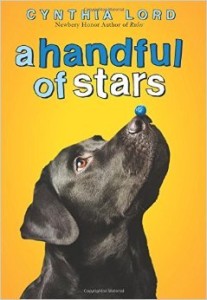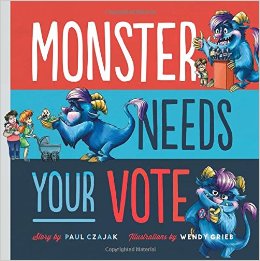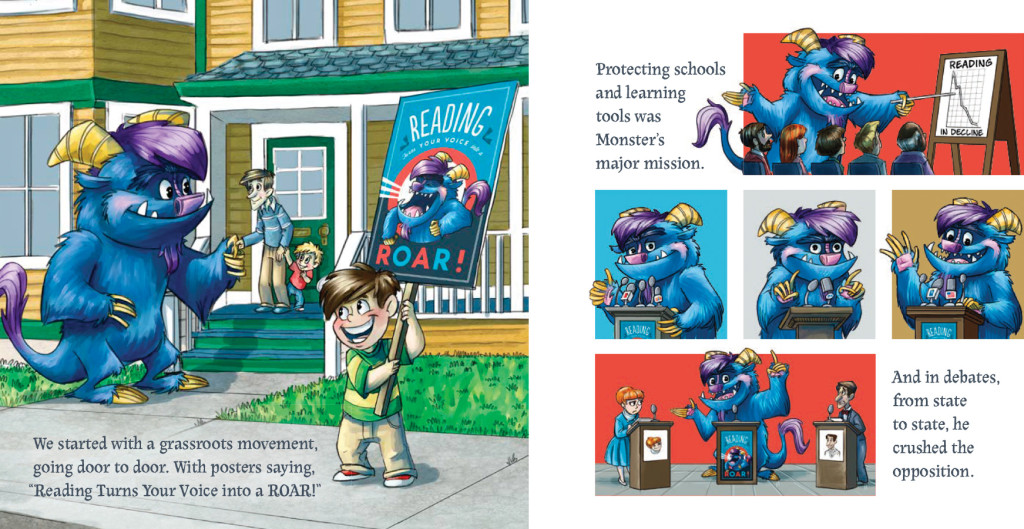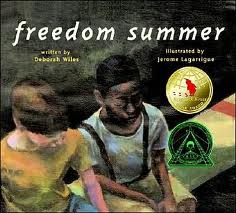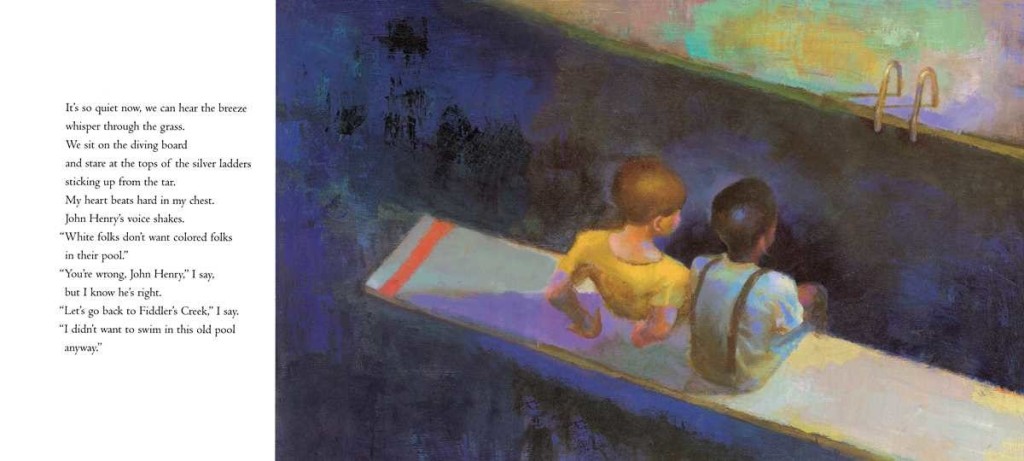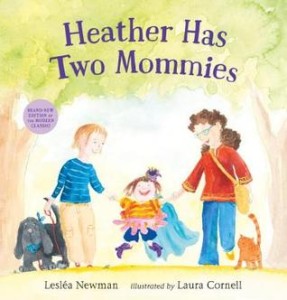Over the River & Through the Wood: A Holiday Adventure
Author: Linda Ashman
Illustrator: Kim Smith
Published October 6th, 2015 by Sterling Children’s Books
Summary:
Pack up the pooches and load the van.
We need to leave by eight!
There’s so much to bring.
Do we have everything?
Come on, we can’t be late!
The classic song gets a fresh new twist! The fun begins when Grandma and Grandpa send invitations to their far-flung, modern, and multiracial family: Come to our house for the holidays—and bring your favorite pie!Off everyone goes, driving down snowy roads, riding the train, boarding a plane . . . even sailing along in a hot-air balloon. As each family faces an obstacle that delays their trip, they learn that sometimes the most old-fashioned form of transportation works best . . . NEIGH!
About the Author: Linda Ashman has written more than 20 children’s books, including Creaky Old House; Stella, Unleashed; No Dogs Allowed!, and TheTwelve Days of Christmas in Colorado (all Sterling). She lives in Chapel Hill, NC. Visit Linda online at lindaashman.com.
About the Illustrator: Kim Smith has a fun and vibrant extended family, perfect as inspiration for this book. This is the fourth children’s book she has illustrated, along with A Ticket Around the World (Owlkids Books), The Raven and the Loon (Inhabit Media), and The Twelve Days of Christmas in Canada (Sterling, NYP). Kim lives in Calgary, Alberta, with her husband, Eric, and their one-eyed goldfish named Goulash.
Kellee’s Review: Holidays are a great time to celebrate spending time with families, and Over the River & Through the Wood highlights the highs and lows of traveling to see family for the holidays. Told in the same rhythm as the original song, the book has been modernized to include families coming from all different places to go visit family. I also loved the different types of families that were represented in the book. It shows real families and how they are all so different.
Ricki’s Review: This text emanates warmth. I pulled my little guy onto my lap, and we cuddled as we read it together. I enjoyed the sense of adventure, and I might read this book before we go on a big family trip. While my son is only two, I had a nice time discussing what the family was doing and how our family holidays are similar and different. As a teacher I might include this with other holiday books to give a rich sense of different customs and practices of holidays.
Teachers’ Tools for Navigation: Since the book is written to match the original song, it’d be fun to have students write their own version of the song that fits their experiences at the holidays. Or, they might take another song (holiday or not) and adjust the words to fit their culture/customs/experiences.
Discussion Questions: How do different families’ experiences differ during the holidays in the book? In real life?; What different types of families are in the book? In real life?; What differences are there between the original song and the book?
We Flagged:
Read This If You Loved: Other versions of Over the River and Through the Wood including those by Lydia Maria Francis Child or John Steven Gurney
Recommended For:
**Thank you to Sterling for providing copies for review!**
